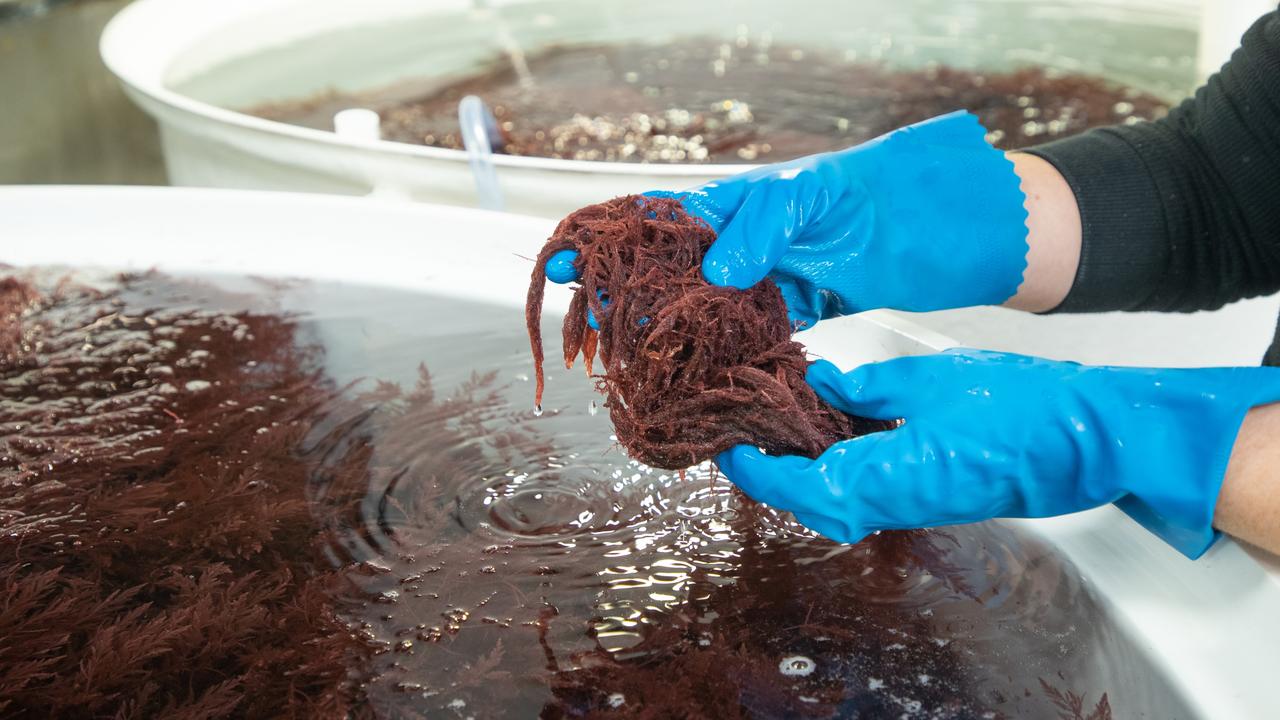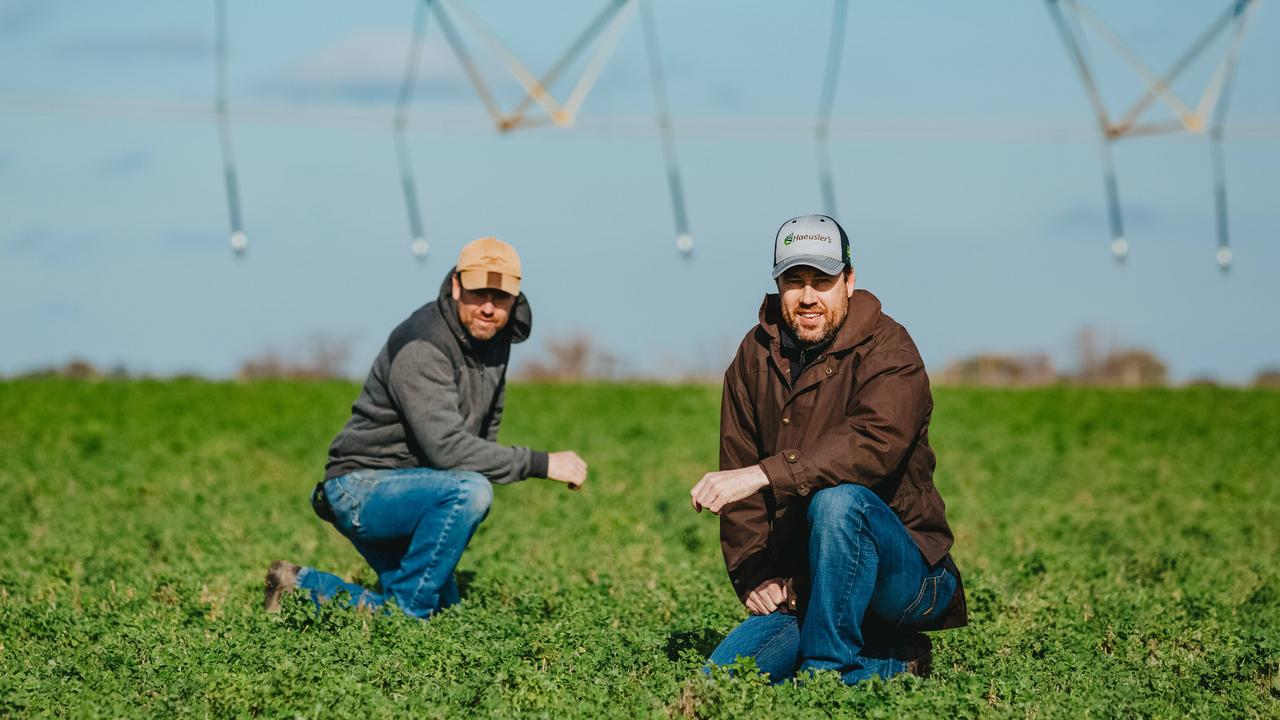Txuleta 1882 turns old dairy cows into gourmet beef
Following a Spanish gastronomic tradition, this couple retires dairy cattle to graze lush pastures in South Gippsland and produce beef so surprisingly good, that food critics are raving.
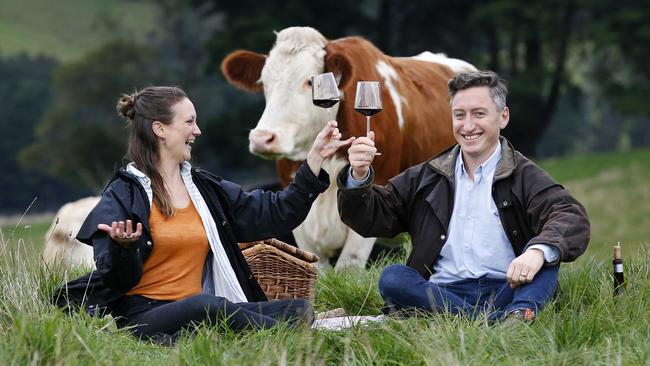
OLD dairy cows are not generally celebrated as a restaurant beef delicacy.
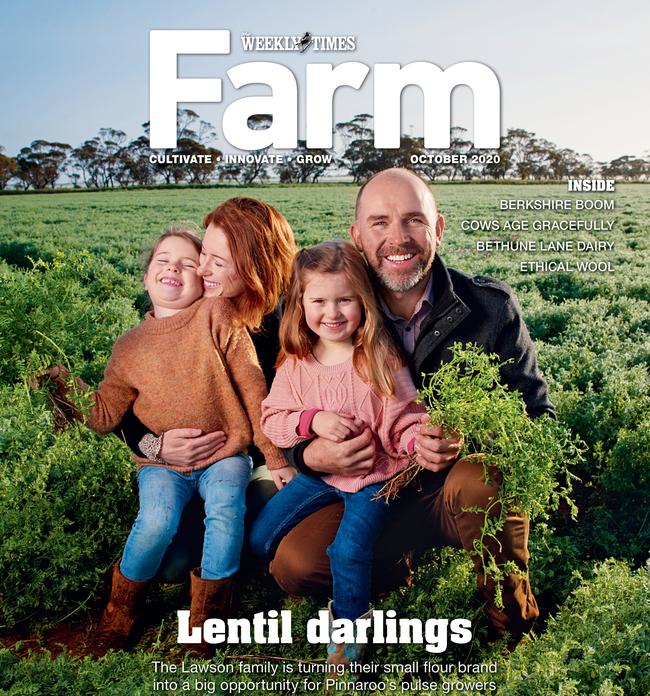
Jyoti Blencowe and her husband, Josh Butt, however, have rewritten the beef rule book.
Jyoti and Josh run Txuleta 1882 on 16 hectares at Kardella, in South Gippsland, specialising in the high-steaks business of superannuated dairy cows, and this year are a state winner of the prestigious Delicious Produce Awards.
The couple bought the farm three years ago, now stocking 20 retired milking cows, mainly Fleckvieh and a few Jerseys and Aussie Reds, which they buy at five to 10 years of age from two local dairies.
The cows are fattened on their lush pastures for a year before being processed and sold to butchers, such as Andrew McConnell and Troy Wheeler’s Meatsmith in Melbourne, who dry-age the beef and sell it as a premium delicacy through their retail stores and restaurants.
“When we first had the idea, local farmers thought we were nuts,” Jyoti says, adding they have plans to sell direct to customers.
“They told us it would be tough as old boots and we’d lose money. But in Spain, beef from older cattle has long been considered a delicacy, with this appreciation slowly growing around the world.”
Beef from older cattle is known in the Basque region of Spain as txuleta (pronounced choo-le-ta), which means “beef chop”, and is celebrated for its full-bodied flavour. Traditionally breeds such as Rubia Gallega are used. “In Spain they will process this breed from up to 12-18 years of age, unlike beef cattle in Australia that are slaughtered around age one to two,” she says.
“When we started researching, Josh was so keen he looked at importing Rubia Gallega embryos but soon realised this wasn’t a viable option, so we began looking into
dairy breeds.
“Milking cows make sense, because they are kept on farm for several years and in the right condition they have the potential for good marbling.”
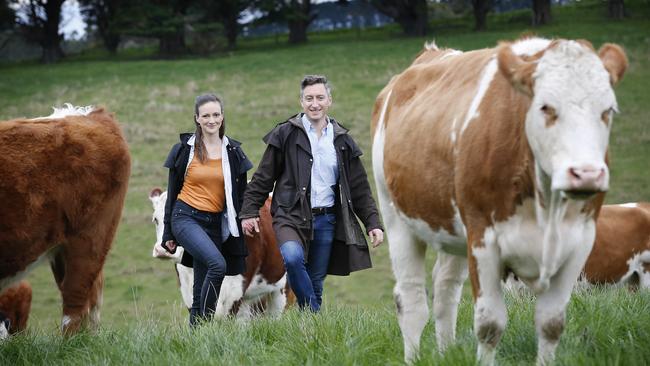
Jyoti and Josh opted for the Fleckvieh breed because it is dual purpose, ideal for both meat and milk.
“When it comes to flavour, age is the important criteria for txuleta, but not every dairy cow will taste good,” Jyoti says. “The animals need to be relaxed and in good condition. Because dairy cows are grass fed – and we continue to grass feed them – the flavour is also different to a young grain-finished animal, as well as being better for health and the environment.”
They buy about 20 cows a year, looking for healthy sizes and quiet temperaments. Cows are low maintenance and rotationally grazed on mixed pastures. The farm is managed avoiding fertilisers, pesticides and herbicides.
About two cows are processed each month, with some cuts dry aged, and the prized steak cooked in a particular way; typically over medium high heat on a wood or charcoal fire, fairly rare inside, with a crispy and slightly salty exterior.
While Jyoti says the eating experience underscores their business, a major factor in their decision to launch the brand two years ago was ethics. “It’s about respecting the value of the animal, appreciating the work that it has done, giving it a nice retirement and in the end having a value-added and more sustainable product,” she says.
The couple, both 39, and their two children live in Melbourne, visiting the farm on weekends, with Jyoti a GP and Josh a gastroenterologist. She says it was Josh who had the hankering for a slice of green country and spied the Kardella property.
In a twist of fate, the land was owned by Jyoti’s great-grandparents, who settled there in 1882 (hence Txuleta 1882).
She often visited her grandparents on the property until they sold it when she was 13.
With full-time jobs in the city, the couple have had the occasional “aghh” moment.
“Mostly it has been a really lovely thing to have a farm. Josh is at risk of working all the time in Melbourne and this has quickly given him an avenue to focus on something else and he loves it,” she says.
Given their medical backgrounds, would they prescribe the meat to their patients?
“It’s the only beef we eat now. We’ve tried osso bucco, brisket, roasts, Josh has made salami and pastrami.
“I would tell my patients eating some beef is good, but choose beef that is grass-fed, and raised in an ethical, regenerative way and in moderation.”
FARM FILE: Txuleta 1882
Husband-and-wife team, Jyoti Blencowe and Josh Butt, run Txuleta 1882 on 16 hectares at Kardella, in South Gippsland. The career doctors manage the operation part-time, buying retired Fleckvieh, Jersey and Aussie Red dairy cattle, then fattening them on pasture to sell as premium beef to butchers, chefs and through retail outlets.
Where: Kardella, South Gippsland
txuleta1882.com.au
MORE
MCIVOR FARM BOOSTS SOIL AND SALES WITH REGENERATIVE AG
HOW NOW DAIRY’S ANIMAL-WELFARE APPROACH TO MILKING
COLOSTRUM CAPSULES GIVE SOUTH GIPPSLAND DAIRY A HEALTHY BOOST

